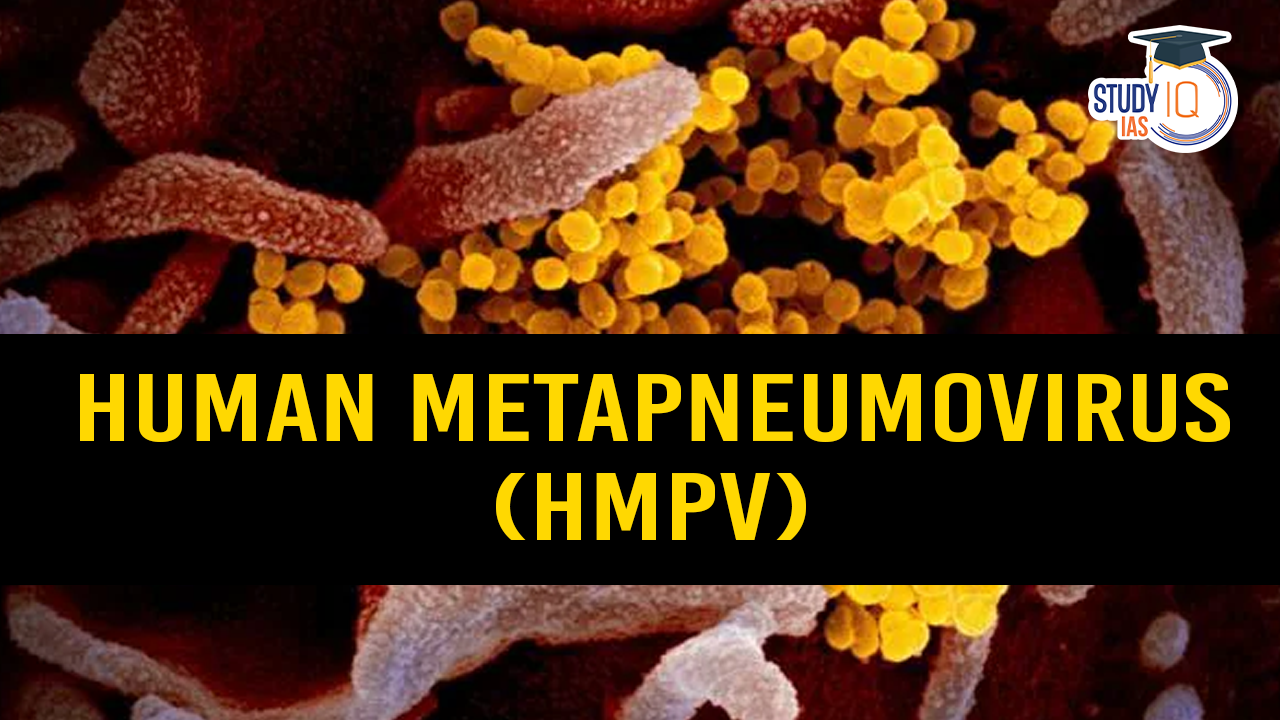Table of Contents
China is currently experiencing a surge in Human Metapneumovirus (HMPV) cases, raising concerns about another virus outbreak in the region. As reports of overwhelmed hospitals emerge, parallels are being drawn to the early days of the COVID-19 pandemic. Here’s everything you need to know about the HMPV virus, its symptoms, spread, and the situation in India.
What is Human Metapneumovirus (HMPV)?
Human Metapneumovirus (HMPV) is an RNA virus belonging to the Metapneumovirus genus in the Pneumoviridae family. It was first identified in 2001 by Dutch scientists studying respiratory illnesses in children. Research indicates that this virus has likely circulated globally for decades and is recognized as a common cause of respiratory infections, particularly during winter and spring.
HMPV primarily spreads through:
- Respiratory droplets during coughing or sneezing.
- Direct contact with infected individuals.
- Contaminated surfaces in shared environments.
HMPV Virus Cases in China
China is witnessing a significant rise in HMPV virus cases, with northern provinces particularly affected. The virus predominantly impacts children under 14, older adults, and individuals with compromised immune systems.
- Social media posts show hospitals overwhelmed with patients, sparking fears of a new virus outbreak in China.
- Alongside HMPV, cases of influenza A, rhinovirus, and Mycoplasma pneumoniae are also rising, contributing to the strain on healthcare systems.
HMPV Virus in India
While India has not reported many HMPV virus cases, the health ministry is closely monitoring the situation. With increased global travel and proximity to China, precautions are being taken to prevent a potential outbreak.
Precautionary Measures in India:
- Travelers from China are being screened for symptoms.
- The public is advised to follow basic hygiene practices, such as frequent handwashing and wearing masks in crowded areas.
Symptoms of HMPV
The symptoms of HMPV are similar to the common cold, influenza, and even COVID-19, making it challenging to diagnose initially. Common symptoms include:
- Cough
- Fever
- Nasal congestion
- Fatigue
In severe cases, particularly among children, the elderly, or immunocompromised individuals, HMPV can lead to:
- Pneumonia
- Bronchiolitis
- Difficulty breathing
HMPV Cases in Bangalore
While there have been isolated reports of HMPV cases in Bangalore, there is no widespread outbreak. Hospitals in the region are prepared to handle any potential increase in respiratory illnesses, and health officials continue to monitor the situation.
HMPV Virus Death Rate
The death rate associated with HMPV is generally low, especially compared to more severe respiratory illnesses like COVID-19. Most individuals recover fully with appropriate care, although the virus can be more dangerous for vulnerable populations.
Why is HMPV a Concern?
Reports from China indicate a significant increase in HMPV cases, with children’s hospitals overwhelmed by patients exhibiting respiratory issues. Some severe cases show symptoms akin to “white lung,” previously observed during the COVID-19 pandemic.
Key reasons for concern include:
- Vulnerable Populations: Children under 14 and the elderly are most at risk.
- No Vaccine: Unlike influenza or COVID-19, there is no vaccine for HMPV.
- Reinfection Possibility: Immunity after infection is short-lived, making reinfections possible.
- Healthcare Strain: Rising cases are placing a burden on healthcare facilities, especially pediatric units.
Is the HMPV Virus the New COVID-19?
While HMPV shares similarities with COVID-19 regarding symptoms and transmission, it is not as severe. Seasonal surges of metapneumovirus are common, especially during the winter months. Unlike COVID-19, which spread globally in waves, HMPV follows a predictable seasonal pattern.
Causes Behind the Surge of HMPV
Health experts attribute the surge in HMPV cases to a combination of factors:
- Post-Pandemic Exposure: During lockdowns, reduced social interactions kept many viruses in check. The reopening of society has led to a “catch-up” effect, where individuals, especially children, encounter common pathogens more frequently.
- Cold Weather: Winter increases vulnerability to respiratory infections, providing favorable conditions for HMPV spread.
HMPV Prevention and Treatment
Currently, there is no specific antiviral treatment or vaccine for HMPV. Prevention and symptom management are key:
- Preventive Measures:
- Wash hands frequently with soap and water.
- Avoid touching your face with unwashed hands.
- Wear masks in outbreak-prone areas.
- Stay home if you feel unwell.
- Treatment Options:
- Stay hydrated and rest.
- Use over-the-counter (OTC) medications for fever and congestion.
- Seek medical attention for severe symptoms like difficulty breathing.
Current Global Perspective
The rise in HMPV virus cases in China has triggered global concerns. However, experts believe it is not an imminent pandemic threat. Seasonal infections are expected to rise post-COVID-19 due to reduced immunity during prolonged lockdowns.
Conclusion
While the surge in HMPV virus cases in China has raised alarms, the virus is not new and typically follows a seasonal pattern. India has not yet reported a significant outbreak but is monitoring the situation closely. Adhering to hygiene practices and staying informed can help prevent the spread of HMPV virus and other respiratory illnesses.


 JF-17 Fighter Jet: Features, Variants, C...
JF-17 Fighter Jet: Features, Variants, C...
 India Shot Down Pakistani F-16 Jet Amid ...
India Shot Down Pakistani F-16 Jet Amid ...
 Akashteer System, Purpose, Benefits, Sig...
Akashteer System, Purpose, Benefits, Sig...





















